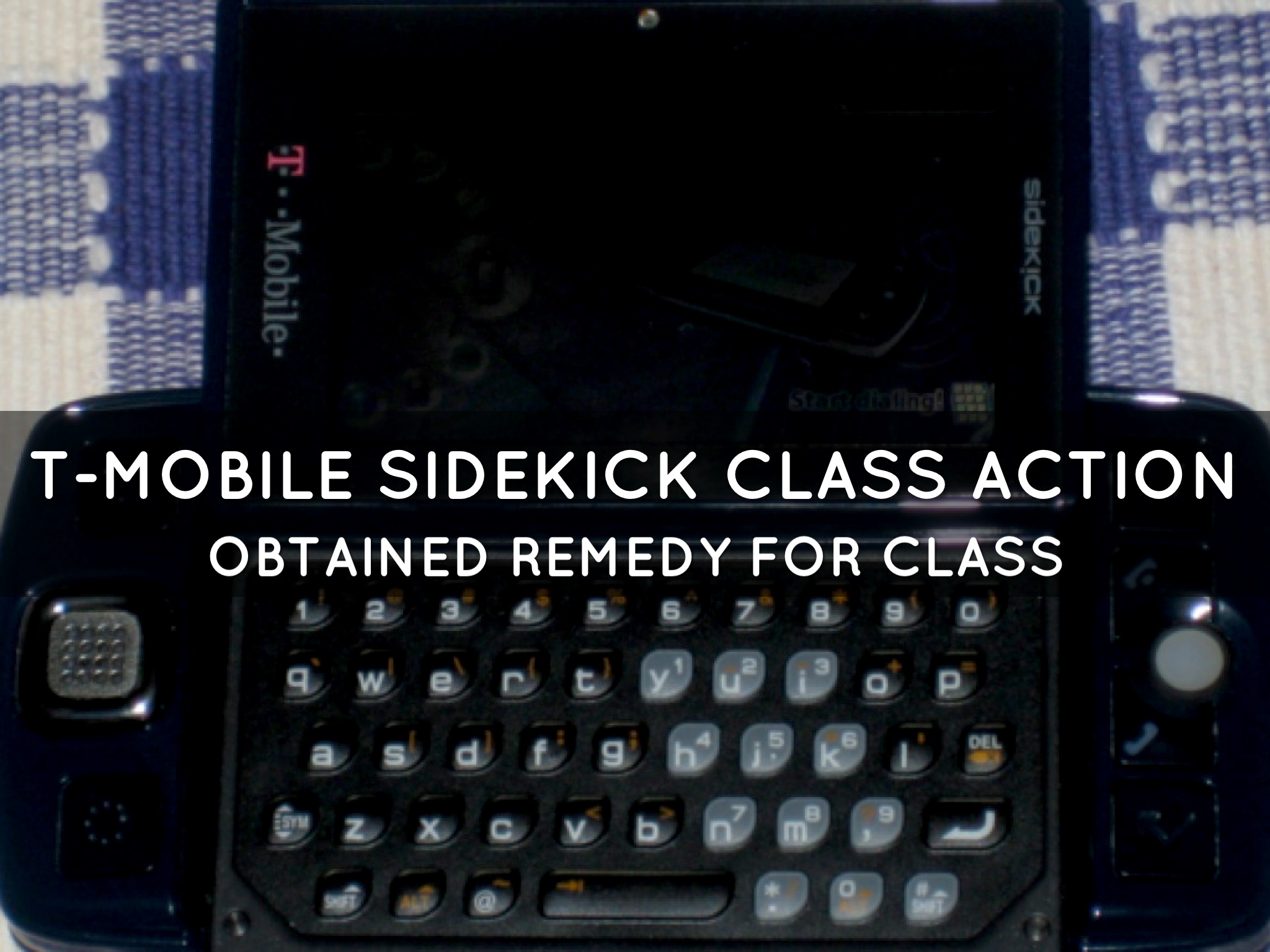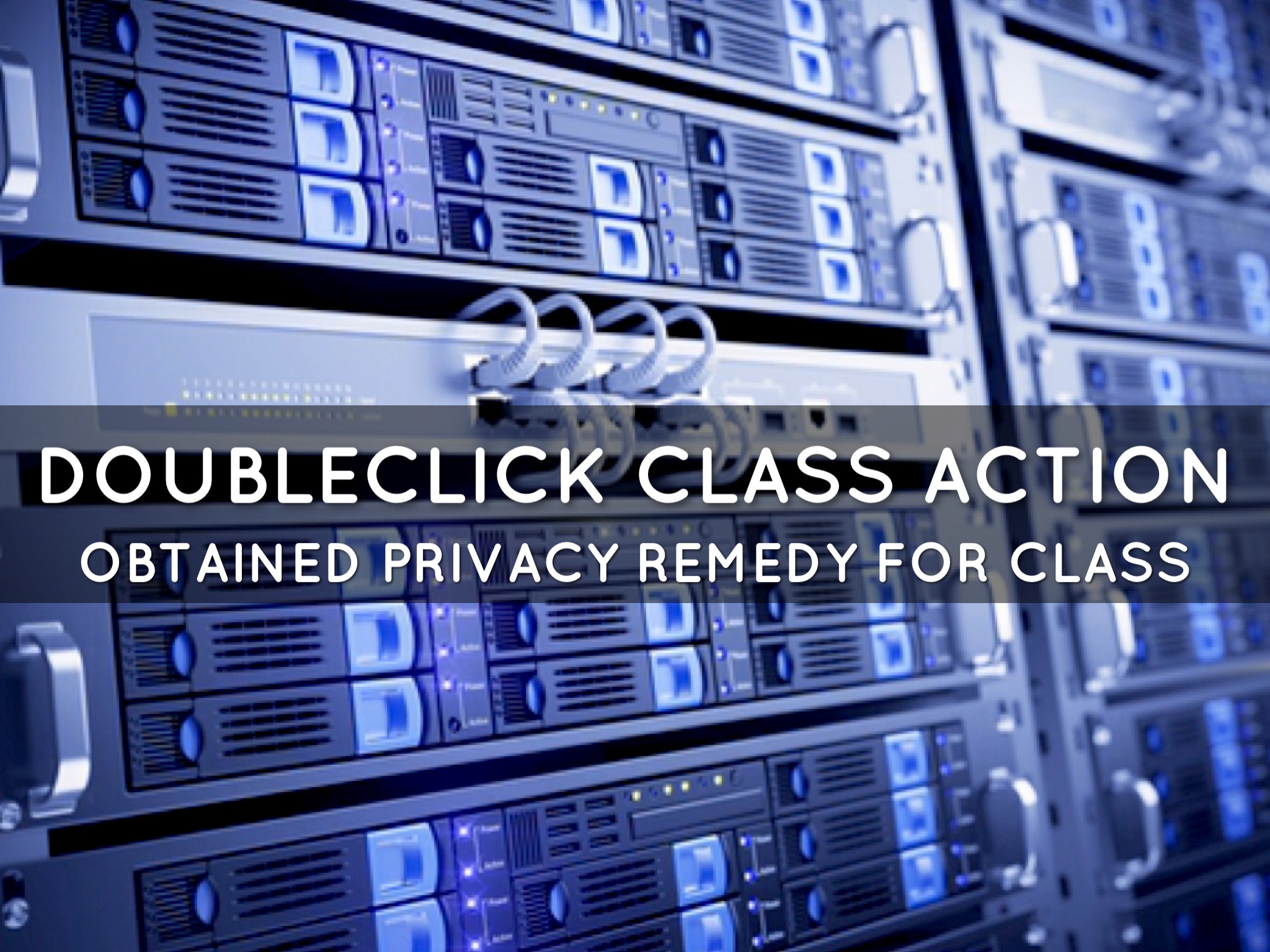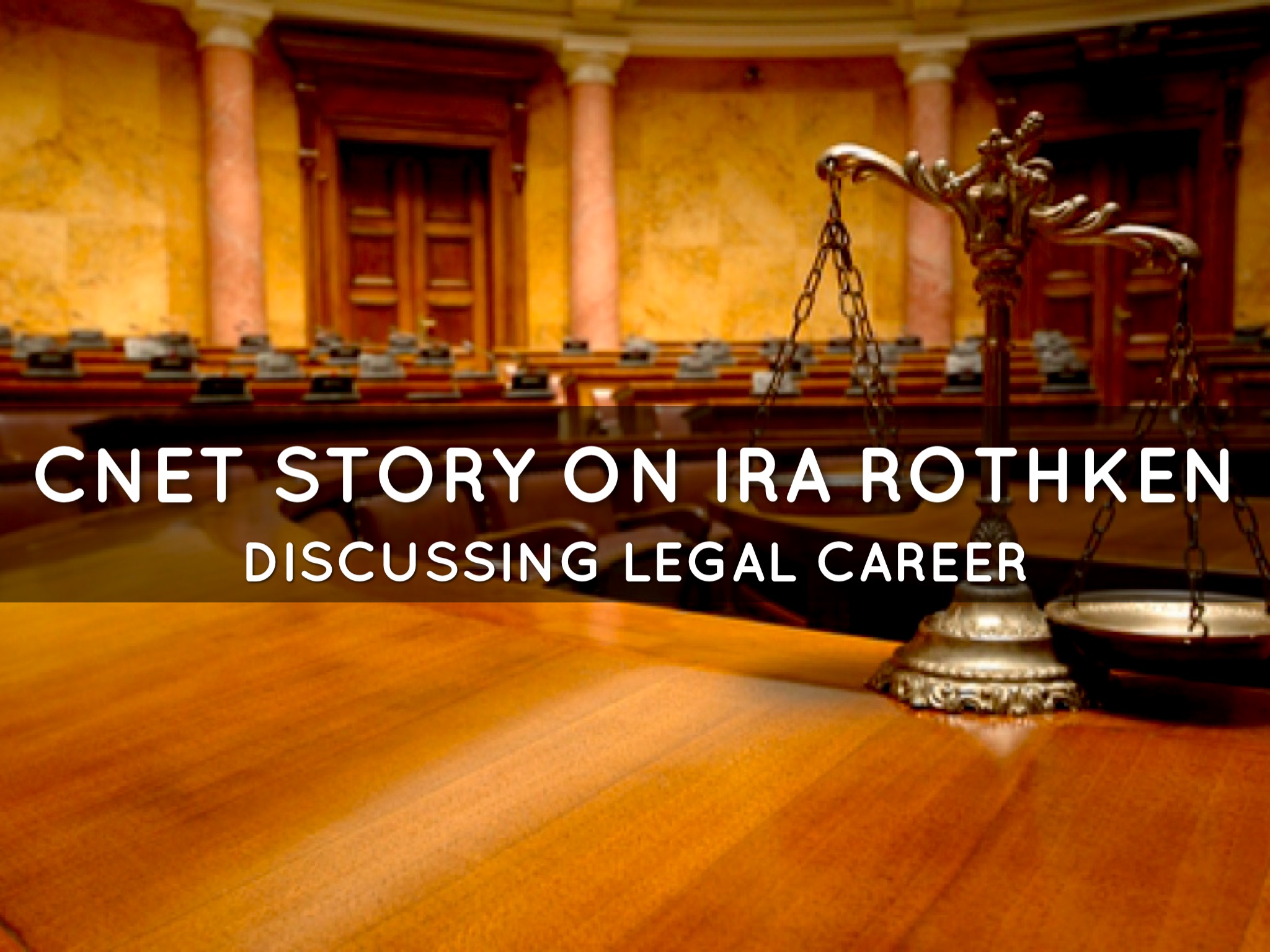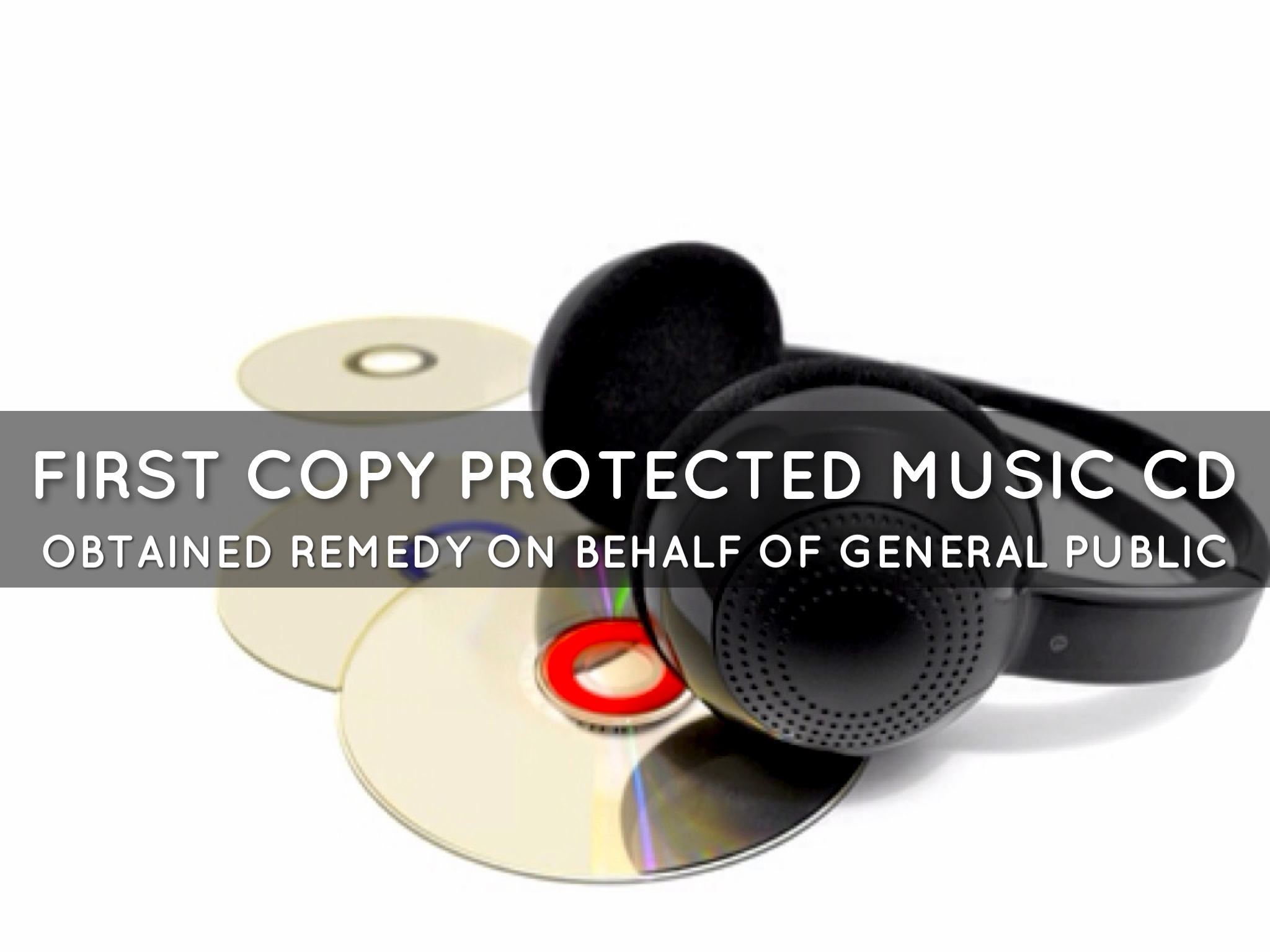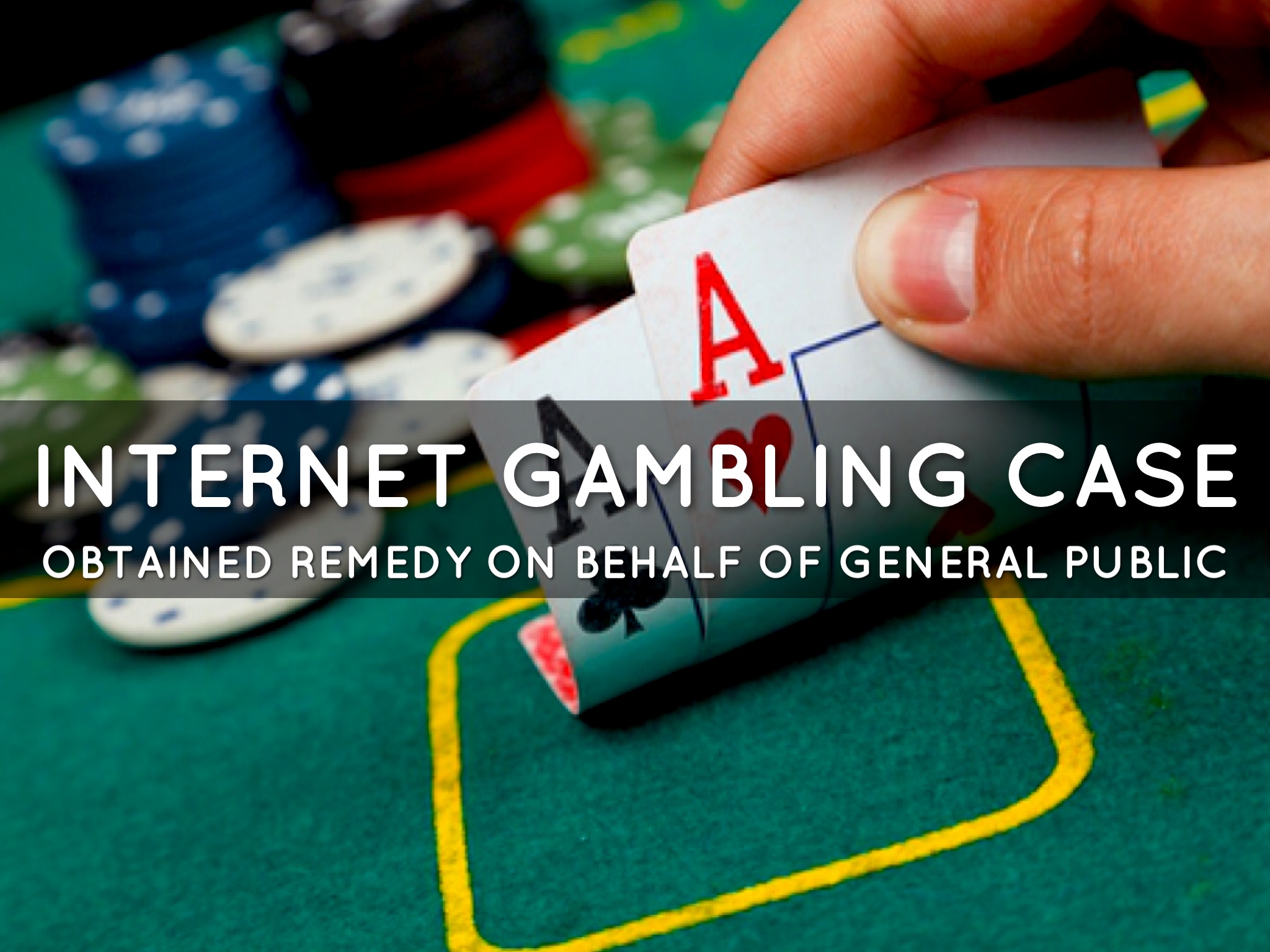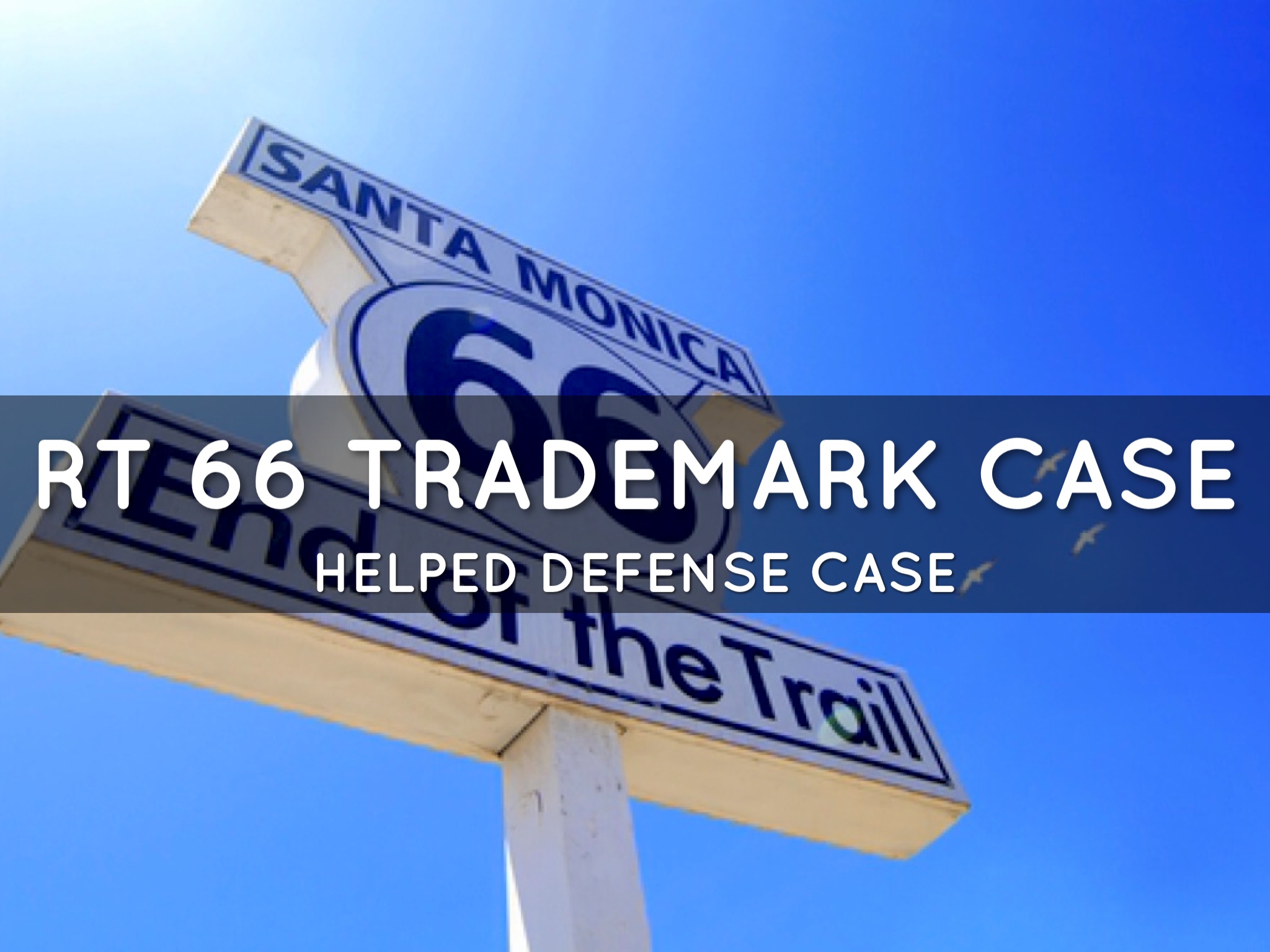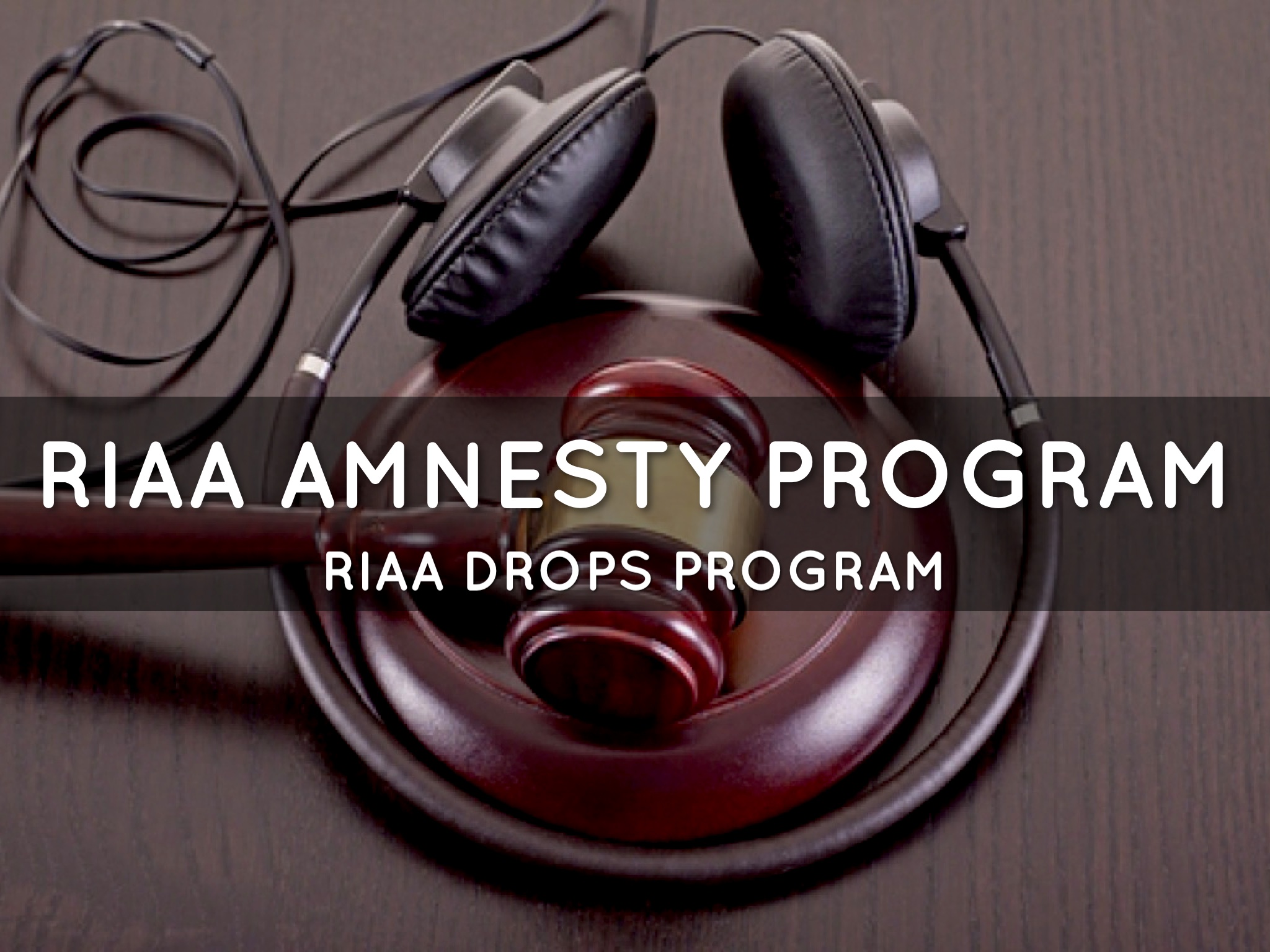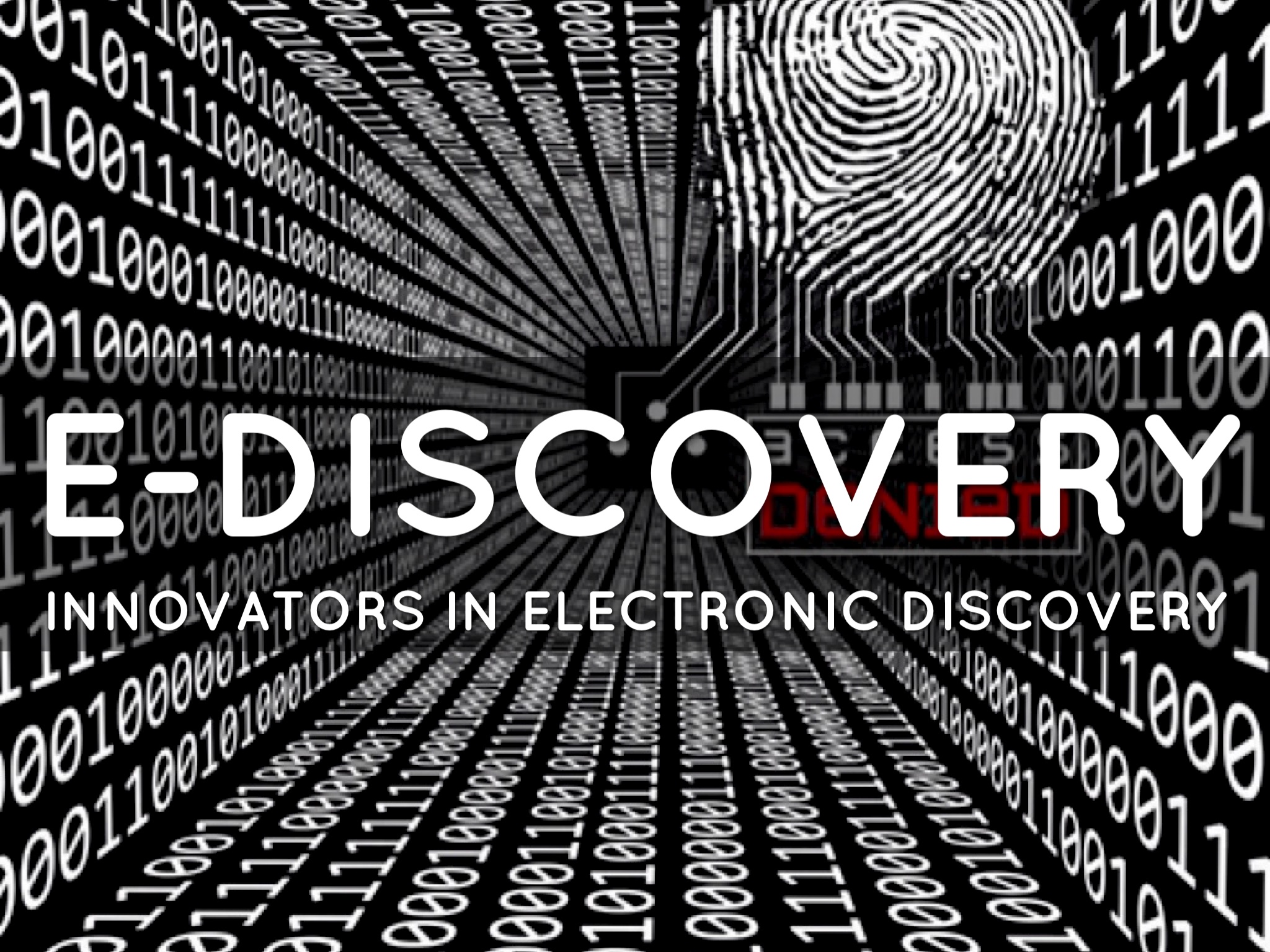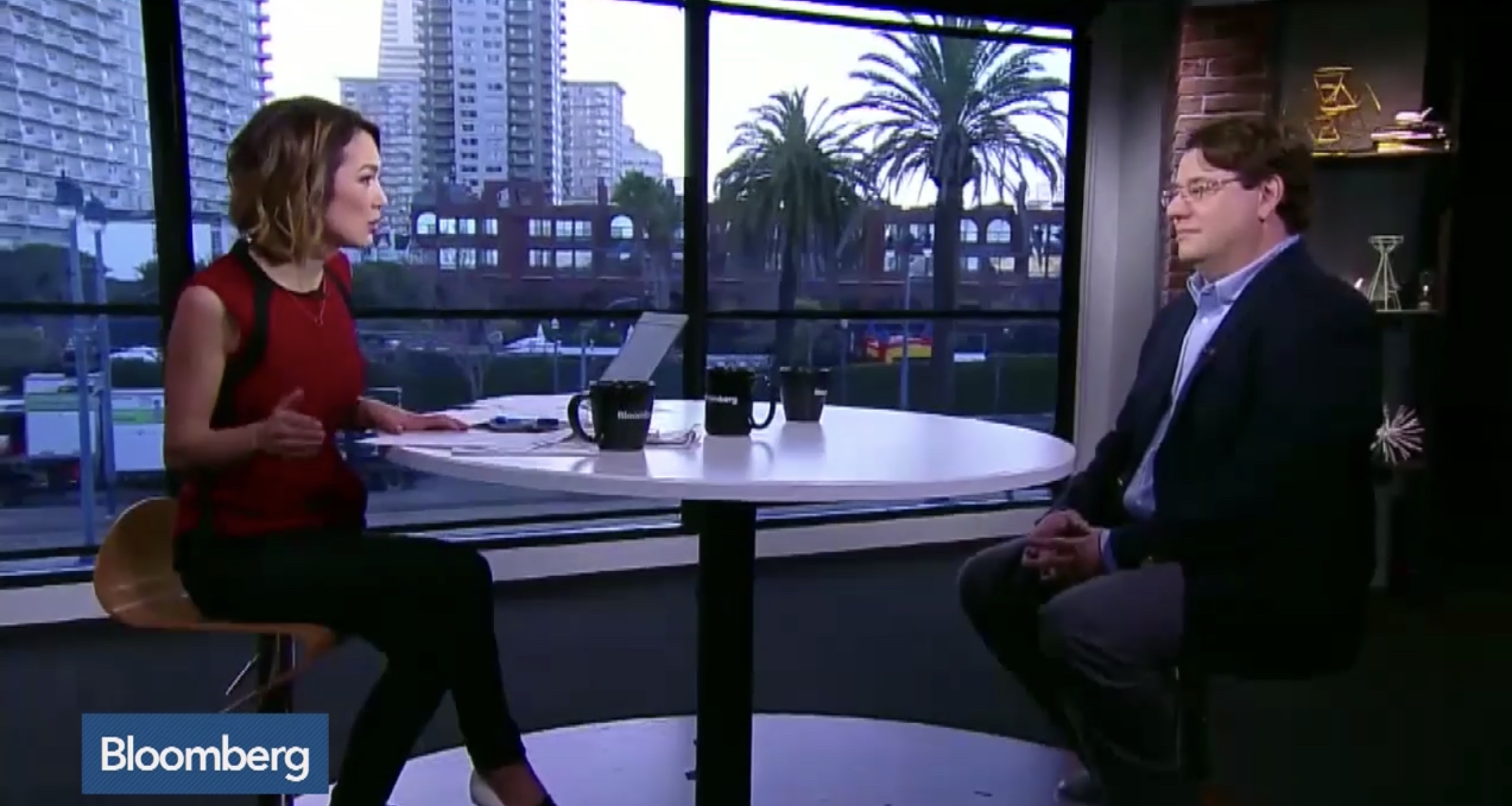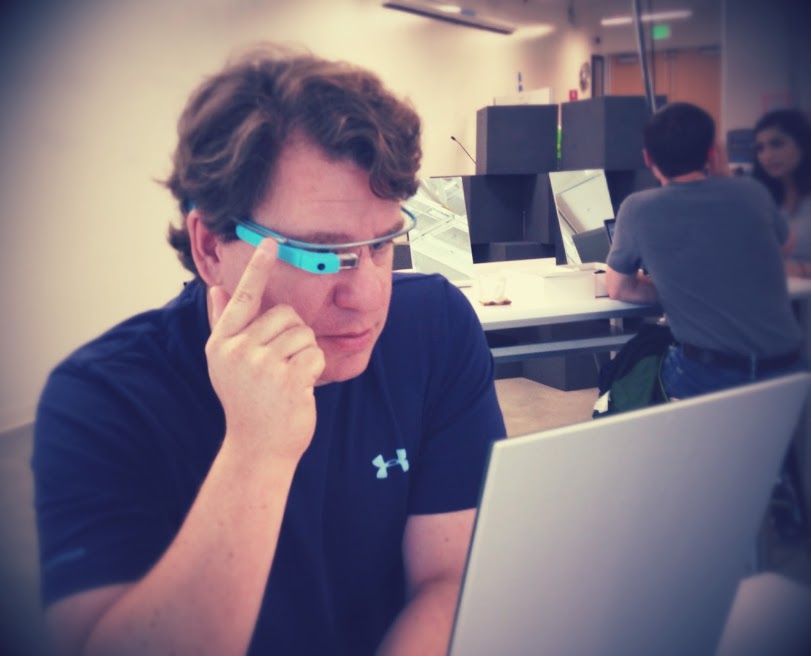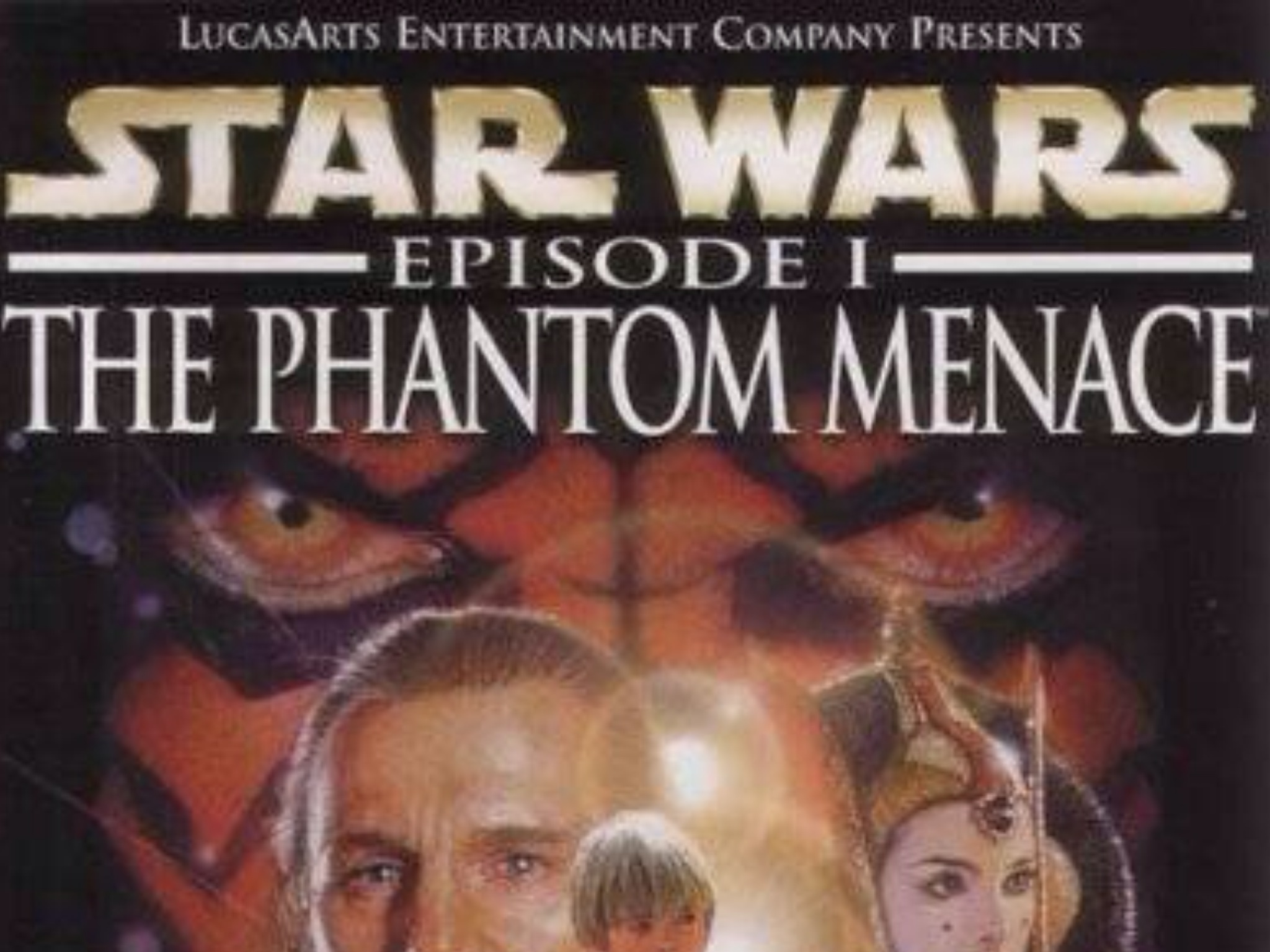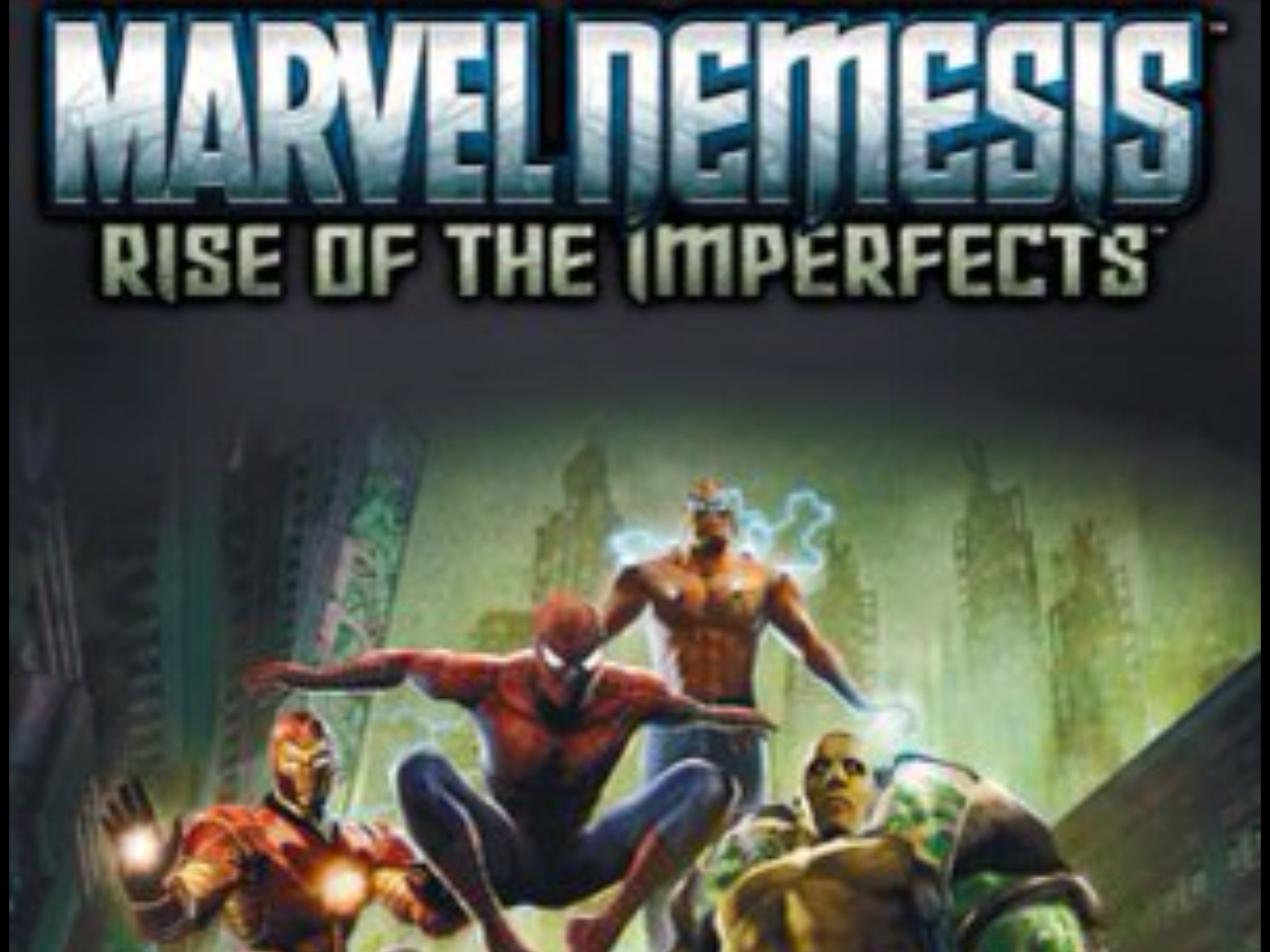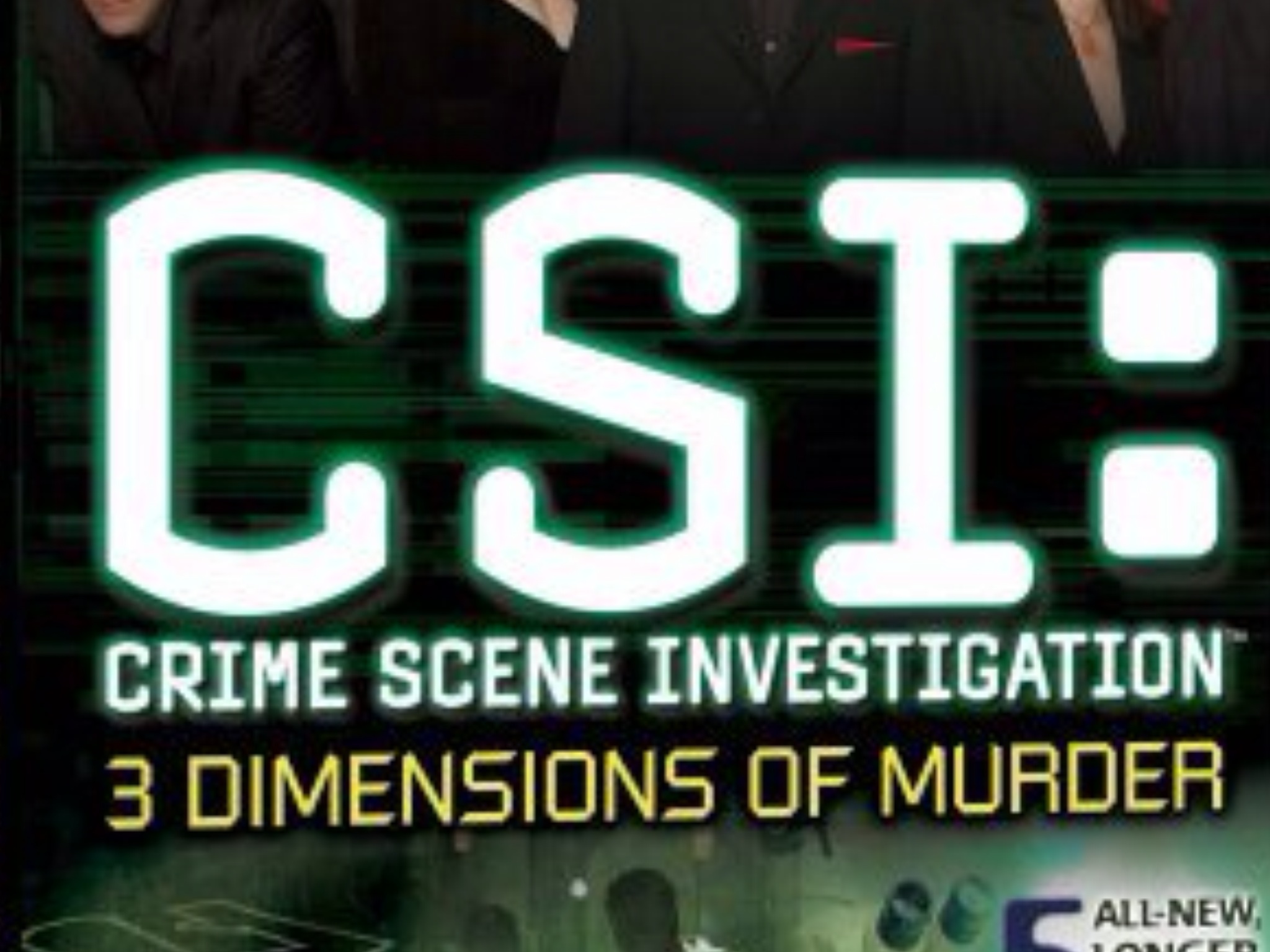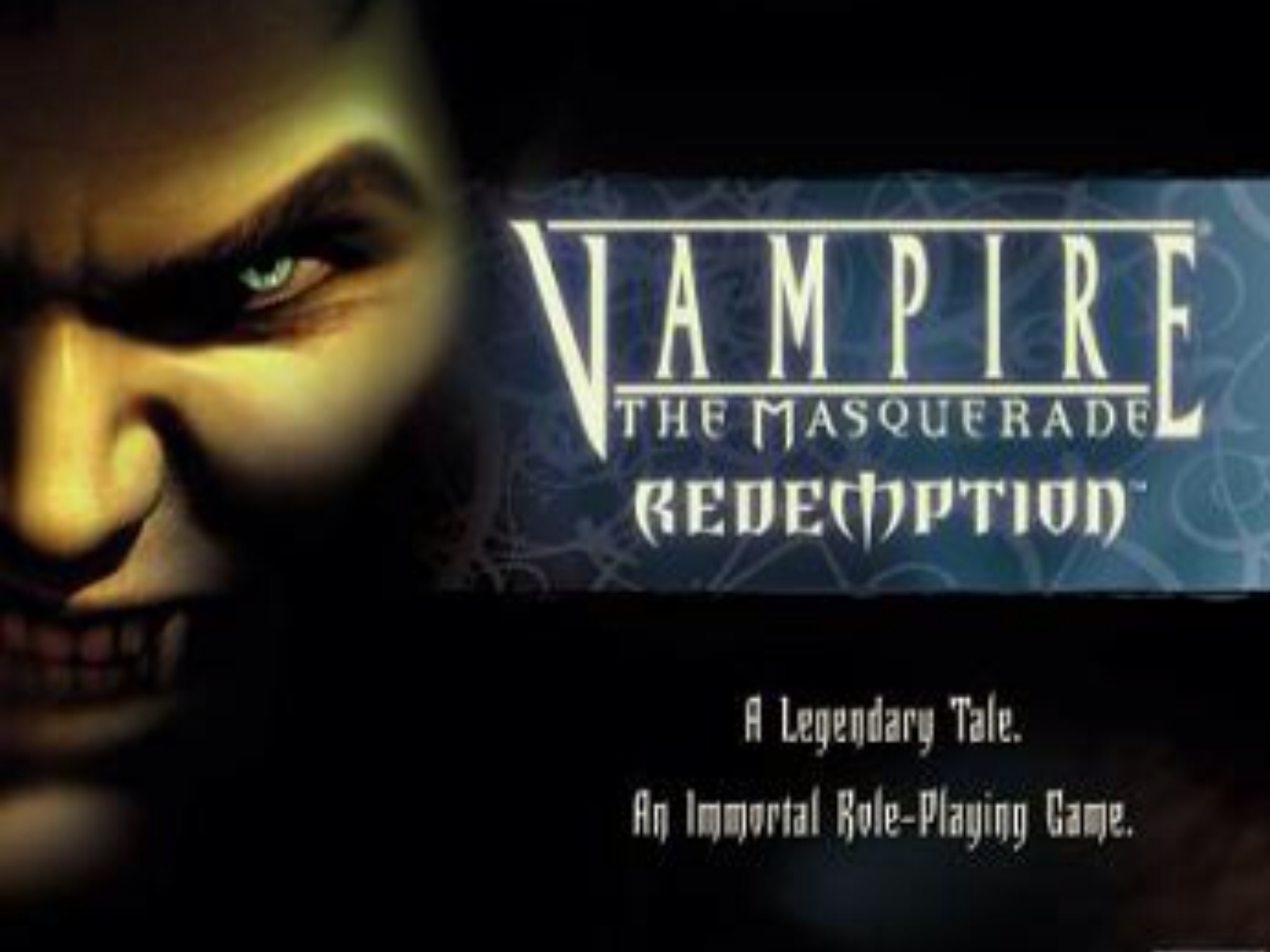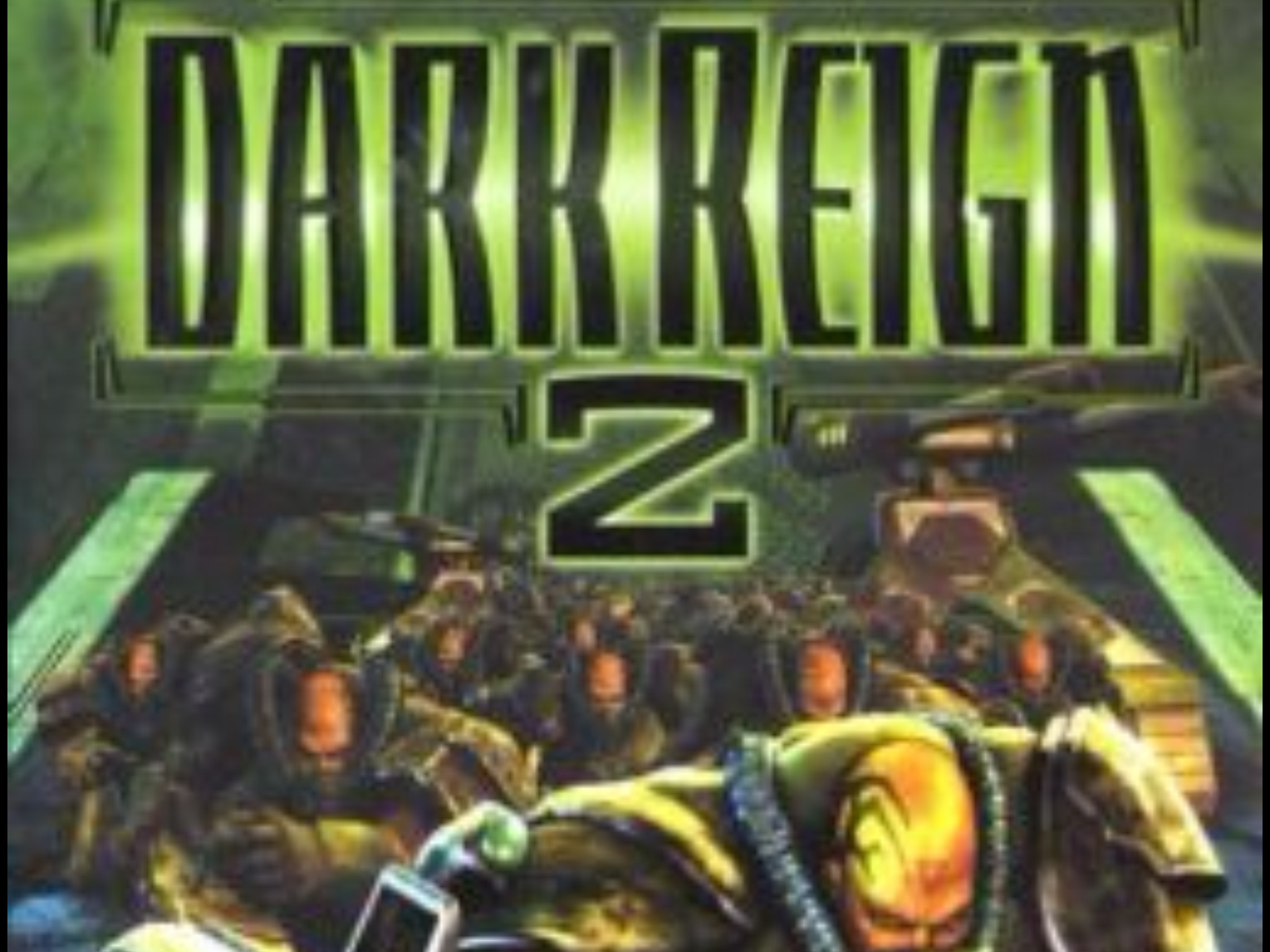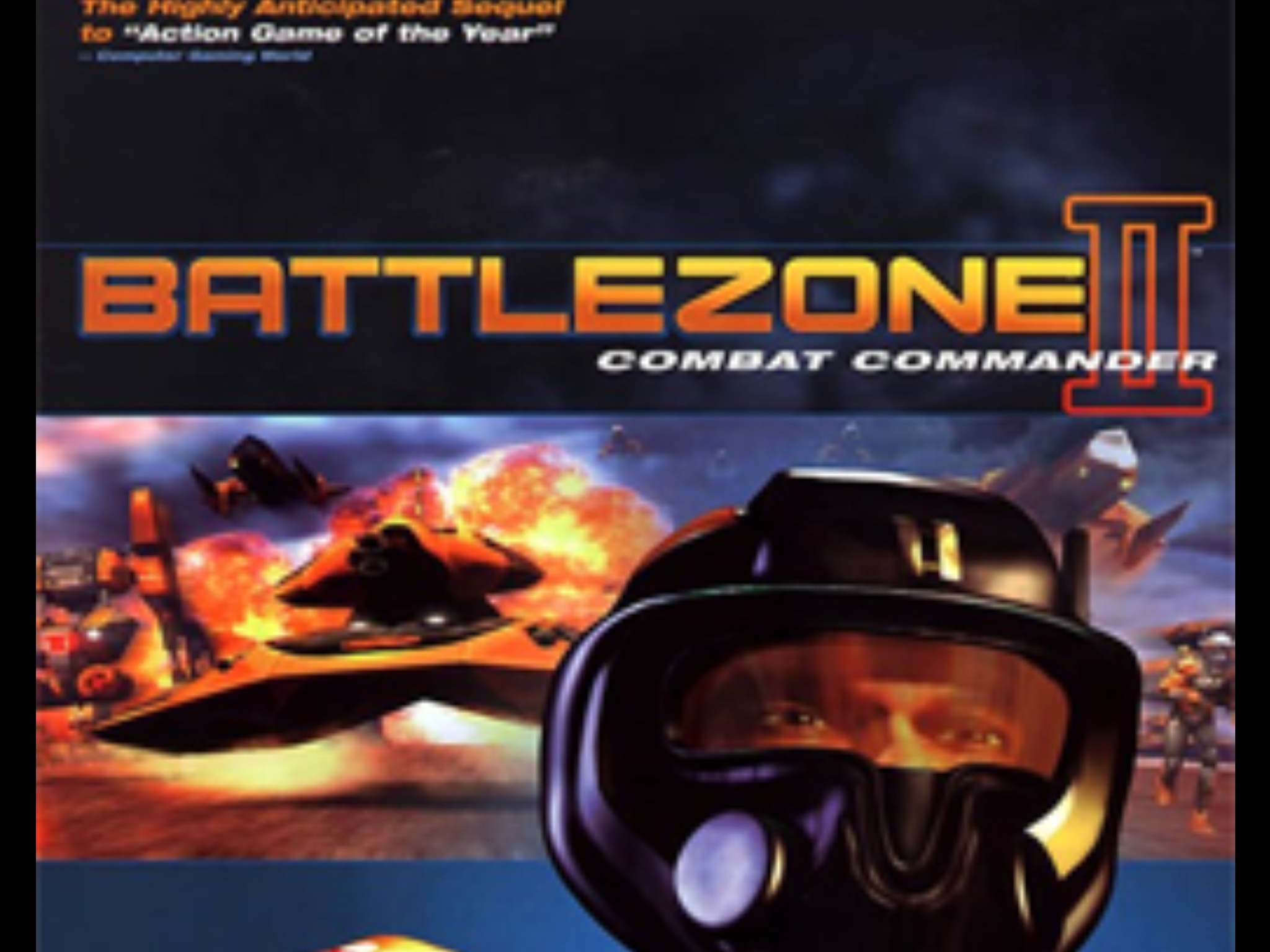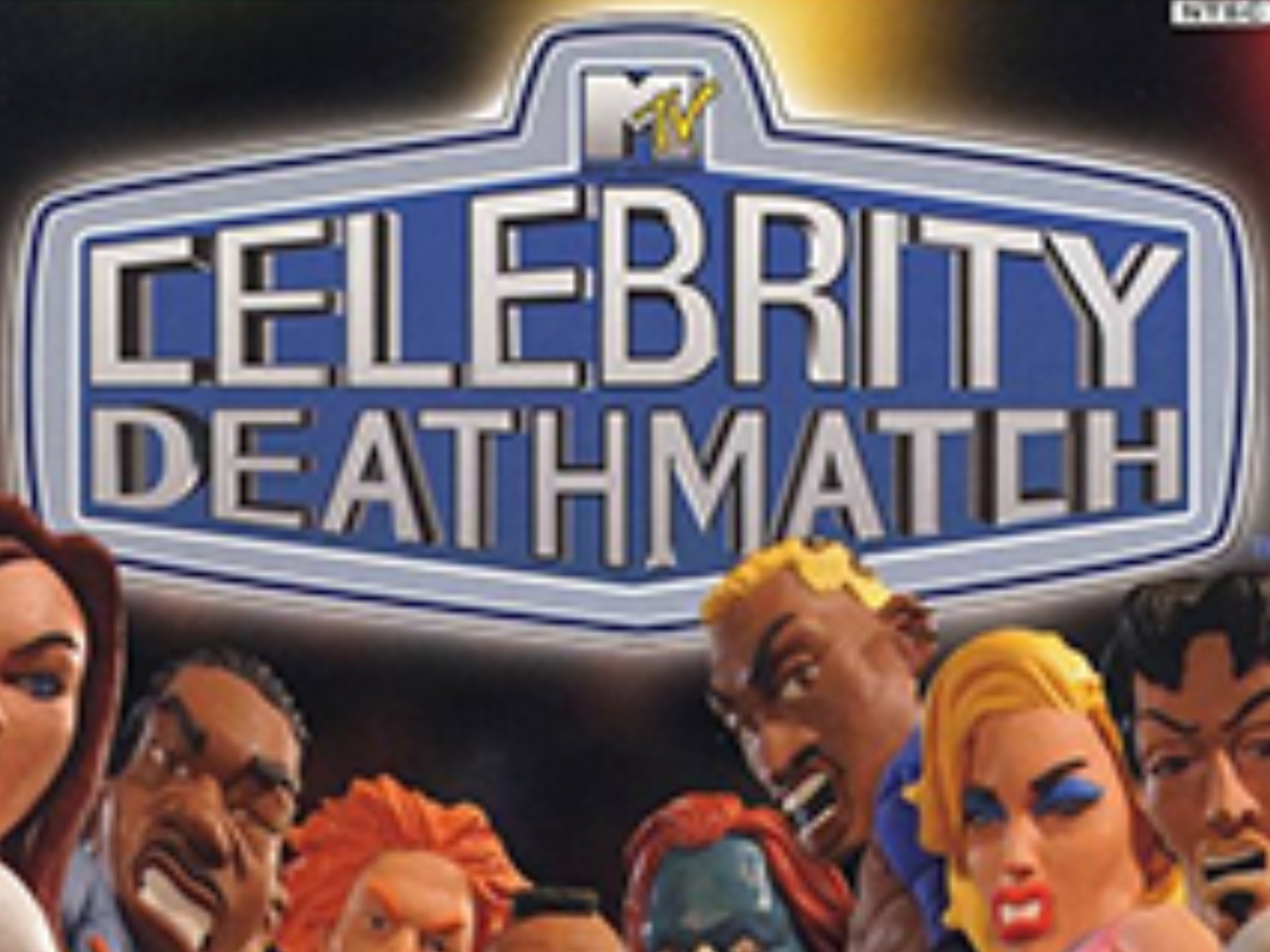- The United States, in a novel case, is attempting to prosecute defendants for federal bank fraud arising out of obtaining merchant accounts to process Visa and MasterCard payments on a large cannabis e-commerce platform in California.
- Cannabis is legal under California state law.
- The indictment alleges the cannabis merchant or named defendants chose wrong merchant category codes but under the Visa and MasterCard rules merchants don't pick merchant category codes, merchant banks have a non delegable duty under the credit card "network" agreements to make the choice, and there is no merchant category code for cannabis.
- The e-commerce platform at the center of the case is like an “Uber for cannabis” where items can be ordered for intrastate delivery.
- Forcing consumers to use cash instead of credit cards to purchase legal cannabis puts consumers at risk and is at odds with consumer protection in states where cannabis is legal.
- This public interest case can impact the use of credit cards to purchase cannabis in the United States.
On June 26, 2020 the defendant, Hamid Akhavan, filed a motion to dismiss the indictment in the case of US v. Akhavan in the Southern District of New York. Mr. Akhavan is represented in the case by Quinn Emanuel and Rothken Law Firm.
According to Ira Rothken, co-counsel for the defendant, “In our view, the government has brought a test case using federal law to try to criminalize the use of credit cards on cannabis e-commerce platforms. Cannabis is legal in states like California where the e-commerce platform operates intrastate. The federal government, in bringing such a test case, not only impinges on the sovereignty of California to legalize the intrastate distribution of cannabis but also on consumer protection by putting people at risk who may be forced to carry around a lot of cash instead of using the safety of credit cards to purchase legal cannabis.”
A summary of defendant’s motion dismiss is below (the complete motion is found here):
On March 9, 2020 a Grand Jury issued a one-count indictment (the “Indictment”) against Hamid Akhavan et al (together, the “Defendants”). The Indictment alleges generically that “many United States banks are unwilling” to process transactions involving marijuana. (Indictment at ¶1); see also (Indictment at ¶12) (“[M]ost banks in the United States were unwilling to process credit and debit card transactions involving marijuana. . . .”). It also alleges the Defendants and their California-based company provided a mobile platform to process marijuana-related transactions for California and Oregon purchasers through both debit and credit card payments. (Indictment at ¶¶ 3–4).
These payments were allegedly conducted through “payment networks” run by Credit Card Companies like Visa and MasterCard—entities not covered by the bank-fraud statute. The Government asserts these companies “have rules that prohibit their credit cards from being used for marijuana purchases,” even though this is false in at least the cases of Visa and MasterCard. (Indictment at ¶5) (claiming these policies also apply to many debit cards). The Government then explains violations of these alleged prohibitions may result in a merchant being terminated from the payment network. (Indictment at ¶7-8). Notably, the Government does not and cannot complain of any fraud against the Credit Card Companies.
The scheme outlined in the Indictment boils down to inducing, via allegedly incorrect merchant coding, some set of U.S. banks to process some transactions involving marijuana even while some U.S. banks would otherwise opt against doing so.
The only allegation in the Indictment that appears logically related to how the scheme might operate—although the Indictment does not spell out the connection—is the use of “merchant category codes” that are alleged to be deceptive. (Indictment ¶9).
However, merchants do not choose merchant category codes, the Visa and MasterCard merchant or "acquiring" banks do. Indeed, the merchant banks, under the Visa and MasterCard rules or network agreement have a non-delegable duty to pick the merchant category codes. The indictment does admit there was no merchant category code for cannabis. If "better" merchant category codes were selected within the Visa and MasterCard networks it would still not supply enough information to the credit card network issuing banks that any transaction involved cannabis. In other woads the merchant category codes cannot be used by issuing banks to filter or reject cannabis transactions. The bank fraud theory does not pass legal muster. The indictment simply assumes these codes are precise, well-understood warranties to the acquiring bank as to the exact subject matter of a particular transaction—such that use of an inaccurate or inapposite category code, or underlying sale of an item that has no applicable category code, translates to an intentional falsehood. (Indictment ¶ 9). But that blinks (or at least elides) reality.
The most notable aspect of the Indictment is what it does not allege. First, there is no allegation of intent to cause loss or risk of loss, just as there is no allegation that any loss or risk of loss in fact resulted. Second, there is no allegation of intent to illicitly obtain funds, as all transactions were in fact legitimate and intended by a consenting, fully informed buyer and seller. Third, there is not even an allegation that any particular financial player to which the bank fraud statute applies would or could have known to refuse a more properly-coded transaction (using a more accurate code, to the extent one existed), refused a differently-coded transaction, or refused any transaction in the face of perfect information. Here, the Indictment’s failure to include any specifics about the name or policy of any issuing bank (which are the only statutorily possible victims of the alleged scheme) draws into stark relief its impenetrable vagueness.
 Sunday, January 7, 2024 at 02:05PM
Sunday, January 7, 2024 at 02:05PM  Admin | Comments Off |
Admin | Comments Off | 


